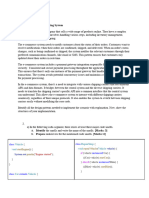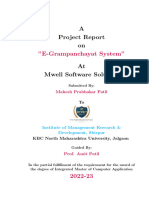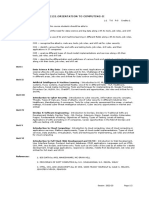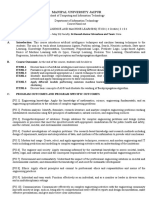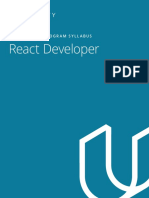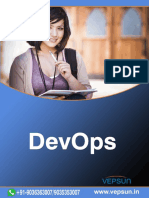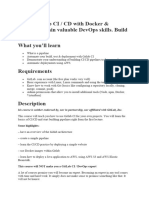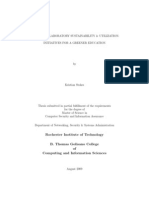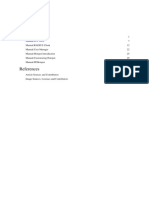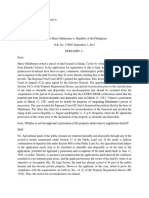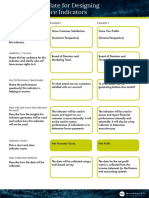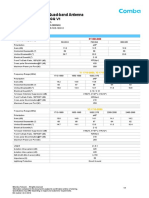0% found this document useful (0 votes)
92 views9 pagesSe Zg583 Course Handout
The document is a course handout for 'Scalable Services' offered by the Birla Institute of Technology & Science, Pilani, detailing course objectives, content structure, and evaluation scheme. It covers various aspects of scalability, microservices architecture, and includes a comprehensive plan for contact sessions, labs, and case studies. The course aims to equip students with the skills to design, develop, and manage scalable information systems using modern tools and techniques.
Uploaded by
Arwa ShafinCopyright
© © All Rights Reserved
We take content rights seriously. If you suspect this is your content, claim it here.
Available Formats
Download as DOCX, PDF, TXT or read online on Scribd
0% found this document useful (0 votes)
92 views9 pagesSe Zg583 Course Handout
The document is a course handout for 'Scalable Services' offered by the Birla Institute of Technology & Science, Pilani, detailing course objectives, content structure, and evaluation scheme. It covers various aspects of scalability, microservices architecture, and includes a comprehensive plan for contact sessions, labs, and case studies. The course aims to equip students with the skills to design, develop, and manage scalable information systems using modern tools and techniques.
Uploaded by
Arwa ShafinCopyright
© © All Rights Reserved
We take content rights seriously. If you suspect this is your content, claim it here.
Available Formats
Download as DOCX, PDF, TXT or read online on Scribd
/ 9



